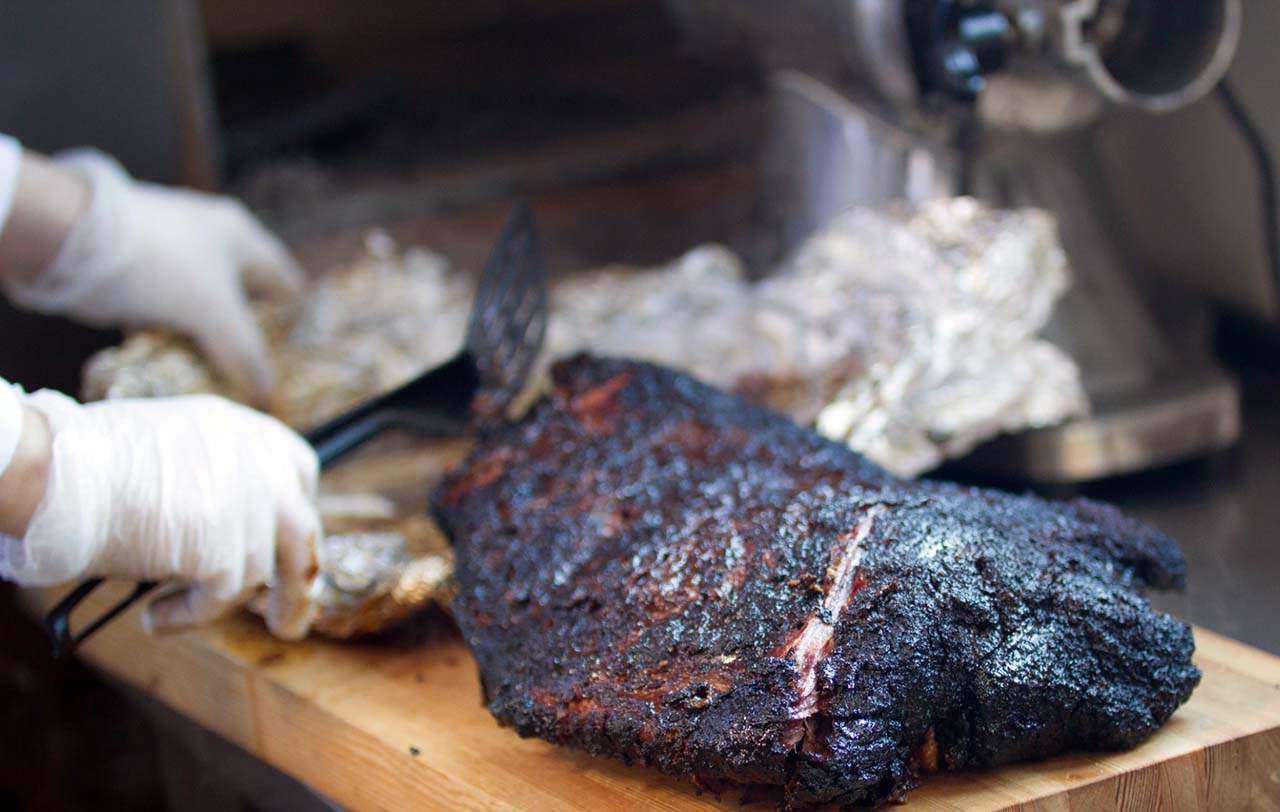Question: My briskets are turning out too fatty for my taste and I’m getting tired of the fat. What can I do about it, Sammy?
Answer: Shucks, partner, thank you for asking and let me start off by saying you’ve come to the right place!
There ain’t nothing quite like a big, juicy brisket. But sometimes, it can be downright confounding to get that perfect balance of fat and flavor, isn’t it?
Many folks out there have found themselves asking the same: “Why is my brisket so darn fatty?” But fear not, my fellow BBQ-lovin’ carnivore, for we are about to crack the code and get to the meat of this mystery.
Now, before we go any further, let’s start with a little bit of background on the brisket. As you may already know, the brisket is a cut of beef that comes from the cow’s chest — the pectoral muscles. The pecs support a little bit over half of the cow’s weight when it’s standing and moving around, so they get worked a lot.
Because the muscles that make up a brisket get worked a lot, they are full of connective tissue, called collagen, and fat, called lipids. The connective tissue runs between the muscle fibers. The fat is in the fat cap on a whole packer or point cut. Some meat smokers trim the fat cap, never all the way down to the meat but rather down to a ¼ of an inch, while others (including yours truly) leave it intact.
Brisket ought to be smoked with the fat side up. During the cook, the fat renders and bastes the meat’s surface, enriching its flavor and ameliorating the bark. The collagen on the inside of the meat melts, turning into the mouth-watering juice, called gelatin, that we all love. A good brisket, whether USDA Prime, Select, or Choice, shouldn’t have gristle. If it does, have a heart-to-heart with your butcher or meat supplier: a brisket with gristle belongs in commercial corned beef and has no place in your smoker.
Having gotten the above out of the way, it’s finally time to answer your question.
If your briskets are coming out a little too rich and fatty for your taste, right off the bat, I can think of the following ways you can mitigate it:
- Buy flat-cut briskets. The flat cut is leaner than a whole packer or point cut.
- If you do end up buying a whole packer or point cut, trim the fat down to a ¼ of an inch, or ask your butcher to trim it down for you.
- Smoke your brisket with the fat side facing down. This way, the fat from the fat cap won’t render onto the meat but rather drip directly down.
- Cook the brisket low and slow. Stabilize the cooking chamber at 250°F and cook your brisket to an internal temperature between 190 and 210°F.
With these techniques, I bet my boots you’ll be able to enjoy a leaner brisket, just the way you like it!

